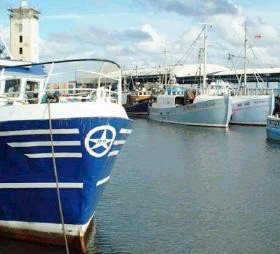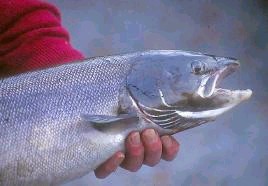|
"It is a major step in phasing out a fishery that exploits salmon returning to many different rivers, so improving the long term management of salmon stocks in these rivers," the agency said.
The buyout was started by a £1.25 million (US$2.04 million) investment from the Department for Environment, Food and Rural Affairs (). The remaining funds were raised by the North Atlantic Salmon Fund (UK) through private contributions.
Andrew Whitehead, who led discussions for the North Atlantic Salmon Fund said, "This is a landmark act of conservation, towards which we have been working for a very long time. It would not have been possible without the support of , the Environment Agency, organizations such as the Salmon & Trout Association and the netsmen themselves."
Morley said, "The good faith shown by everyone involved in supporting this agreement is a major step to improving management and conservation of salmon stocks."
Drift netting is the principal fishing method used in Northumbria and Yorkshire. Drift or hang nets have been used for catching salmon and sea trout since the 1800s. Reference is made to their operation around the mouth of the Tyne in 1867 and there is
reference to "vast numbers of hang nets" being
used off the River Tyne in the early 1870s some of
which were "nearly two miles in length."
By 1890, drift nets were licensed in all of the
Fishery Districts from the Yorkshire Esk to the
iver Coquet, with the Boards of Conservators
enforcing restrictions on the length of net and
weekly and seasonal close periods. Today the
Environment Agency regulates salmon fishing
in England and Wales and issues licences.
|


